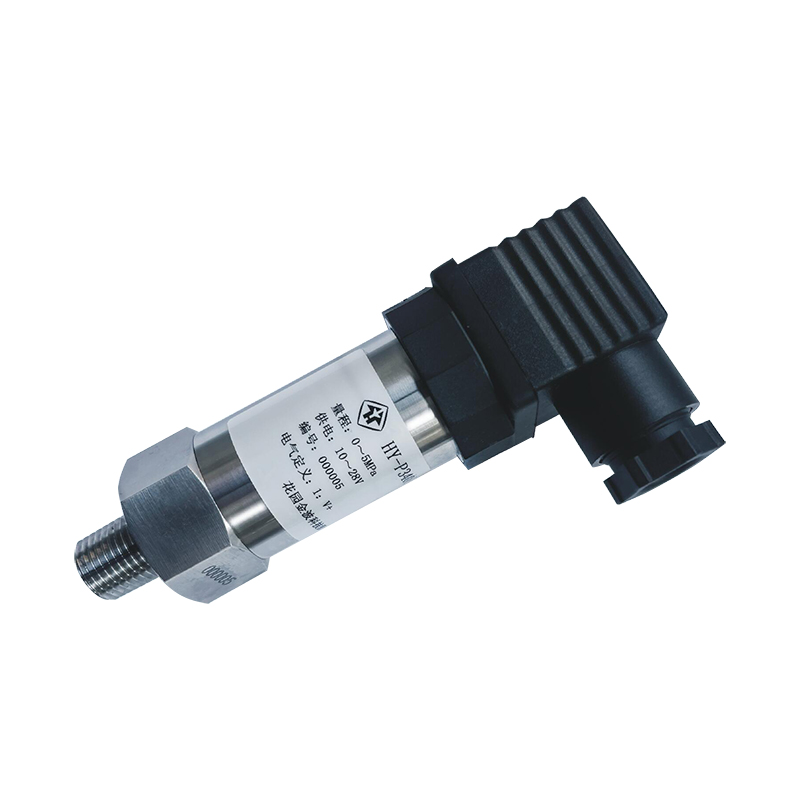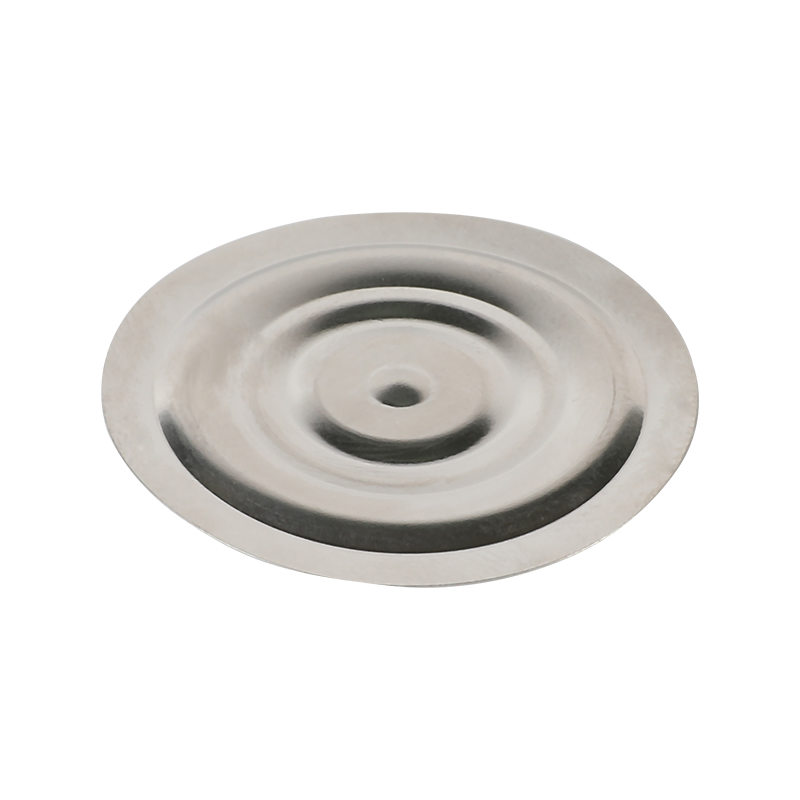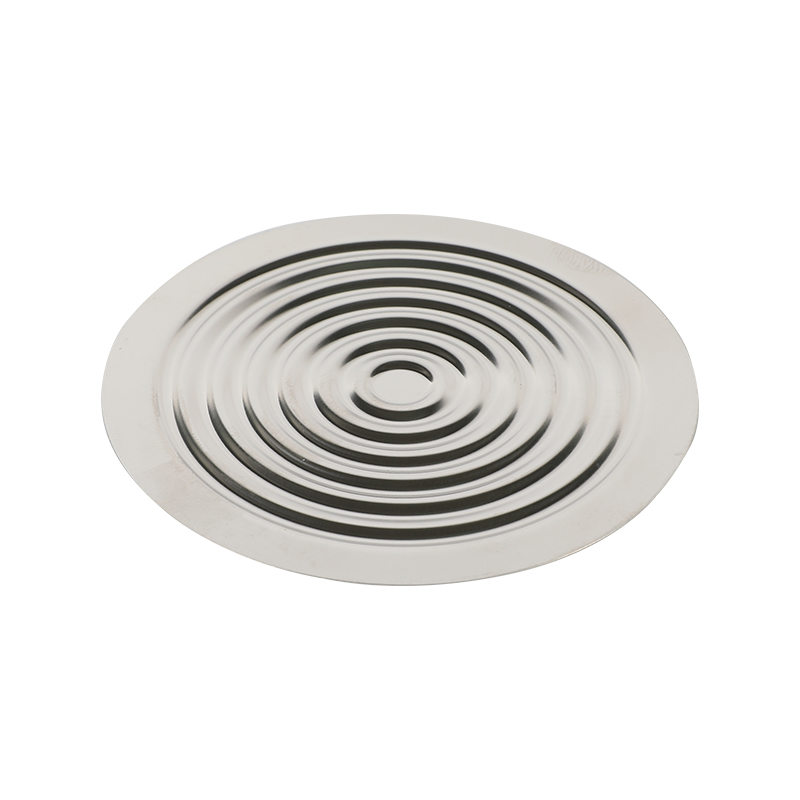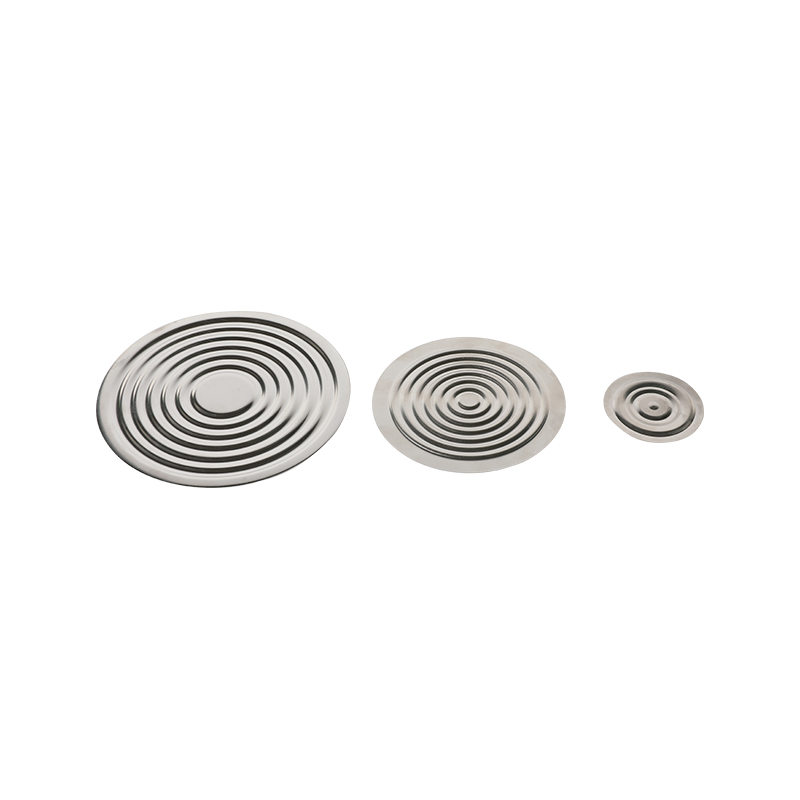High Quality Corrugated Metal Diaphragmss Wholesaler For Sale
Corrugated metal diaphragms stand out for their versatility and robustness. These engineered structures are integral to a variety of applications, from fluid power systems to mechanical seals, and are known for their ability to withstand pressure and maintain integrity over time.
Corrugated metal diaphragms are designed with a series of alternating peaks and troughs, which give them their characteristic wavy appearance. This corrugated pattern is not merely aesthetic; it provides the diaphragm with enhanced strength and flexibility. The corrugations allow the diaphragm to flex under pressure without compromising its structural integrity.
The materials used for these diaphragms are typically chosen based on the specific requirements of the application. Stainless steel, for instance, is a popular choice due to its corrosion resistance and durability. Other materials, such as aluminum or brass, may be used depending on the need for weight reduction or cost-effectiveness.
The manufacturing process of corrugated metal diaphragms involves several key steps:
Material Selection: The choice of material is based on the intended use of the diaphragm, with factors such as strength, corrosion resistance, and cost taken into account.
Blanking: The material is cut into the required size and shape using precision machinery to ensure accuracy.
Corrugation: The flat metal sheet is then processed to create the corrugated pattern. This can be done through a variety of methods, including rolling, stamping, or pressing.
Edge Treatment: The edges of the diaphragm are treated to ensure they are smooth and free from burrs, which could affect the performance of the diaphragm.
Quality Control: Each diaphragm undergoes rigorous testing to ensure it meets the required specifications for strength, flexibility, and durability.
Finishing: Depending on the application, the diaphragm may be coated or treated with a protective layer to enhance its performance characteristics.
The applications of corrugated metal diaphragms are vast and varied, spanning across different industries:
Hydraulic and Pneumatic Systems: In these systems, diaphragms are used to separate different fluid components and to provide a flexible barrier that can move with changes in pressure.
Pumps and Valves: Diaphragms are integral in the operation of certain types of pumps and valves, providing a seal that prevents leakage and ensures smooth operation.
Sealing Devices: In mechanical seals, corrugated metal diaphragms offer a reliable solution for sealing against high pressures and temperatures.
Vibration Isolation: The flexibility of corrugated metal diaphragms makes them suitable for use in vibration isolation systems, where they help to dampen and absorb vibrations.
Medical and Analytical Equipment: In these precision fields, diaphragms are used for their ability to provide a controlled and consistent flow of fluids or gases.
Automotive Industry: Corrugated metal diaphragms are used in various automotive components, such as fuel pumps and brake systems, where reliability and durability are paramount.
Advantages of Corrugated Metal Diaphragms:
Durability: The corrugated design provides strength and resistance to wear and tear, making these diaphragms long-lasting.
Flexibility: The ability to flex under pressure without breaking is a key advantage, allowing for a wide range of motion in applications.
Customizability: Diaphragms can be manufactured in various sizes, materials, and patterns to suit specific needs.
Resistance to Corrosion: Especially when made from stainless steel, these diaphragms can resist corrosion, making them suitable for harsh environments.
Cost-Effectiveness: Depending on the material and manufacturing process, corrugated metal diaphragms can offer a cost-effective solution compared to other types of diaphragms.
Corrugated metal diaphragms are a testament to the ingenuity of engineering solutions that balance form and function. Their design allows for a high degree of flexibility and strength, making them suitable for a wide range of applications.


 ENG
ENG  English
English 简体中文
简体中文



























